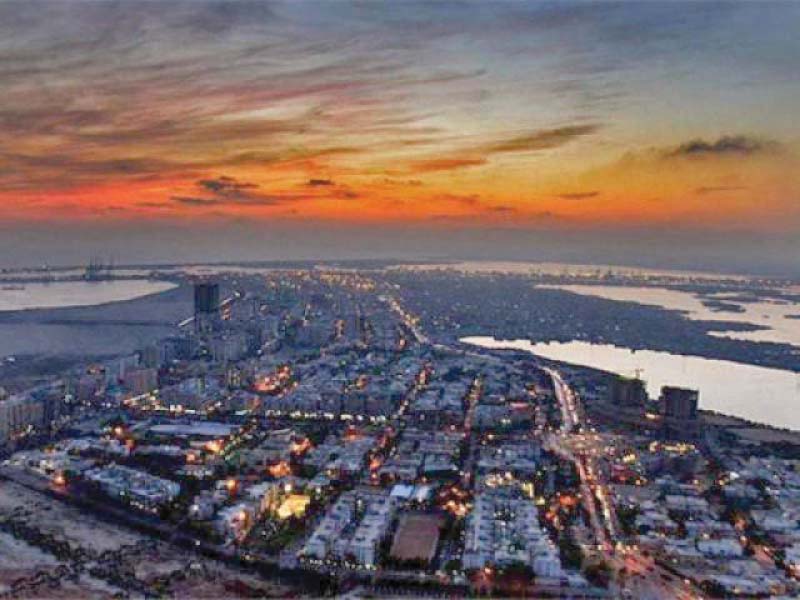
Findings of the World Bank’s report - the South Asia Economic Focus, Budget Crunch - contrast with the PTI government’s agenda of creating jobs and lifting people out of poverty.
The report says Pakistan is the only country in South Asia that has a limited room for manoeuvring, is exposed to serious boom-and-bust economic cycles and has high build-up of liabilities.
Rising global interest rates and tighter liquidity situation will also pose challenges for Pakistan, given the high gross external financing requirements, said the Washington-based lender in the report that was released on the eve of World Bank-IMF annual meetings.
Pakistan knocks at IMF door to avoid default
The World Bank has warned that a sharp decline in foreign exchange reserves - now standing at only $8.4 billion - and elevated debt ratios have diminished Pakistan’s ability to withstand external shocks and risks will remain predominantly on the downside.
It seems that there is consensus among the three leading international financial institutions that the economic growth rate will slip below 5% this year. After the Asian Development Bank (ADB) and the International Monetary Fund (IMF), the World Bank has also projected that economic growth is projected to decelerate to 4.8% in this fiscal year, as the government is expected to tighten fiscal policy to correct imbalances. It said the growth rate is expected to recover in fiscal year 2019-20 and may reach 5.2% as macroeconomic conditions improve.
But short-term measures for fiscal consolidation and export growth need to be complemented with the implementation of medium-term structural reforms to uplift the economy out of frequent boom-and-bust cycles, it added.
The World Bank report showed that this year all the three main sectors of the economy will face a slowdown, most notably the services sector that contribute nearly 60% in total national output.
Similarly, inflation is expected to rise to 8% in this fiscal year and could remain high in the next fiscal year due to devaluation of the rupee against the US dollar and increase in domestic prices, stated the World Bank.
“The growth deceleration and higher inflation are expected to slow down poverty reduction in fiscal year 2018-19, though overall poverty decline is projected to continue reflecting GDP growth,” according to the lender.
The bank underlined that Pakistan’s macroeconomic situation would remain fragile as consumption-led growth is expected to slow down due to fiscal and possible monetary tightening.
The lender noted that the pressure on the current account is expected to persist and the trade deficit is projected to remain elevated during the next two years as well. The report said Pakistan faced sharpest deterioration in the current account deficit in the region. The growth of imports is partly the result of capital goods imports for the China-Pakistan Economic Corridor (CPEC), but it is also the consequence of growing macroeconomic imbalances, according to the report.
It further stated that the fiscal consolidation would improve debt dynamics, but the public debt to GDP ratio is expected to stay around 70% of GDP during two years. The debt has already climbed to 74% of GDP, it added.
It said a delayed adjustment of the exchange rate led to considerable loss of reserves, bringing coverage down to only one and half months of import cover by end-September 2018. The State Bank of Pakistan (SBP) intervened heavily in the foreign exchange market in the first half of FY18 to maintain the value of the Pakistani rupee, resulting in a large decline in international reserves.
These debt levels are high in international perspective. The report warned that Pakistan’s external financing needs are expected to increase further over the next few years, partly due to loan repayments and profit repatriation related to projects in CPEC.
The government has estimated $31-billion external financing needs in the current fiscal year in the baseline scenario.
Published in The Express Tribune, October 9th, 2018.
Like Business on Facebook, follow @TribuneBiz on Twitter to stay informed and join in the conversation.










































COMMENTS (3)
Comments are moderated and generally will be posted if they are on-topic and not abusive.
For more information, please see our Comments FAQ